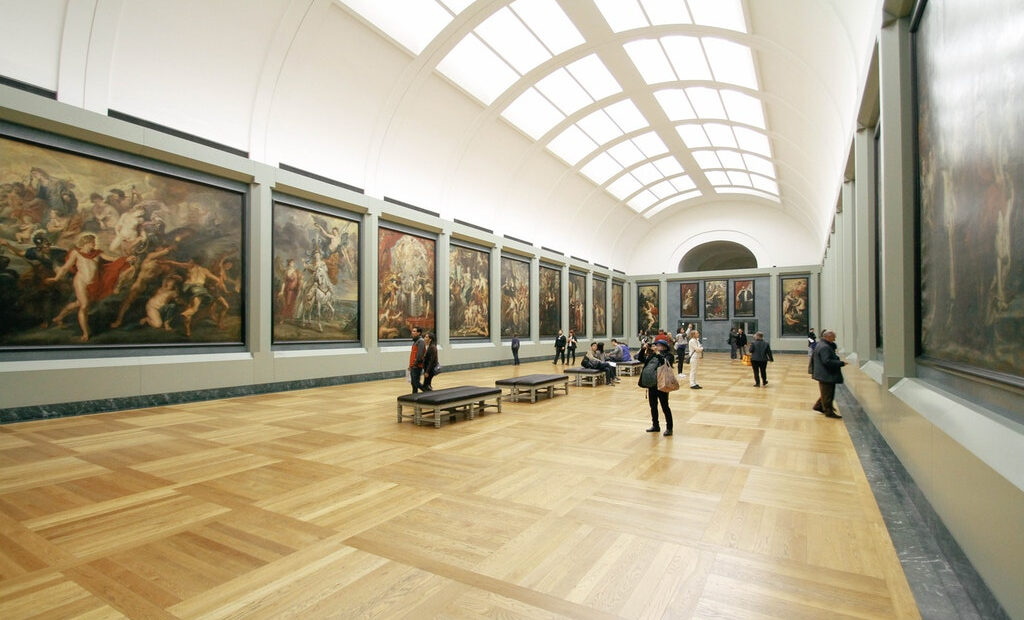How digital signage can transform the museum experience

If one thinks about it, why wouldn’t a museum use digital signs? Modern signs are pretty cheap to buy, very cheap to run and are very easy to operate, thanks to innovative new digital signage software. Some may say that people should be looking at the exhibits rather than the digital signs, but it is no different to museums putting plaques outside each exhibit for people to read.
More engaging than text
Having a video showing text is a little easier to read and see than a plaque with text, but that isn’t the point – there’s no need to stop at text. With digital signage, curators can offer information and entertainment. There could be unique documentaries on each exhibit. How much people want to know or learn is determined by how long they are willing to stand there.
It’s possible to add as much entertainment as needed, creating a video for every display, or videos for each department, or even a PowerPoint presentation that shows off entire departments. If the content is good enough it may spark more interest.
Add a little interactivity
The interactive side of digital signs can be used very cleverly. For example, as mentioned, digital signs can have an entertainment value. However, rather than having a visitor standing in one spot and getting lots of information thrown at them, the sign allows them to tap the screen and select the information they want. For example, if they are interested in the weapons in the display, then they could click an icon that shows the weapons and run the video for that.
Bridge the online-offline gap
We live in an age where people seem to need constant audio-visual noise. When people are walking around museums, it can be a little cold, a little sterile and maybe even a little dull. People are accustomed to using the Internet to find things out. If all these elements are combined, then digital signs with dynamic content could be the perfect medium for museums to use. People do not feel the jarring rift in their reality from learning offline rather than online, and they get their audio-visual entertainment, breaking up the usual museum silence, as well as being entertained so things are not as dull as they may otherwise appear.
Finding the way
Museums have traditionally only used digital signs to show people around. They would give people directions to their various fun days and events, show them to the gift shop, the exit, and the various other areas. Digital signs still make sense for these reasons, but they can provide a more interactive route. QR codes to get to specific websites or exhibit reviews and information could speed up the process. Also, some digital signs allow people to connect with their phone so they may find a place more easily.
Museums need all the help they can get
People are donating less and less to museums, and more and more to charities surrounding hot topics such as gender and wellbeing. It’s less common to leave a legacy to museums these days. Museums are going to have a hard time getting funding from cash-strapped governments, so it is up to them to make their customers feel as welcome and entertained as possible. This doesn’t mean that every visit should be a party, but digital signs add a level of movement and dynamic learning that helps enhance the experience, and that is a good thing.
The editorial unit

















Facebook
Twitter
Instagram
YouTube
RSS